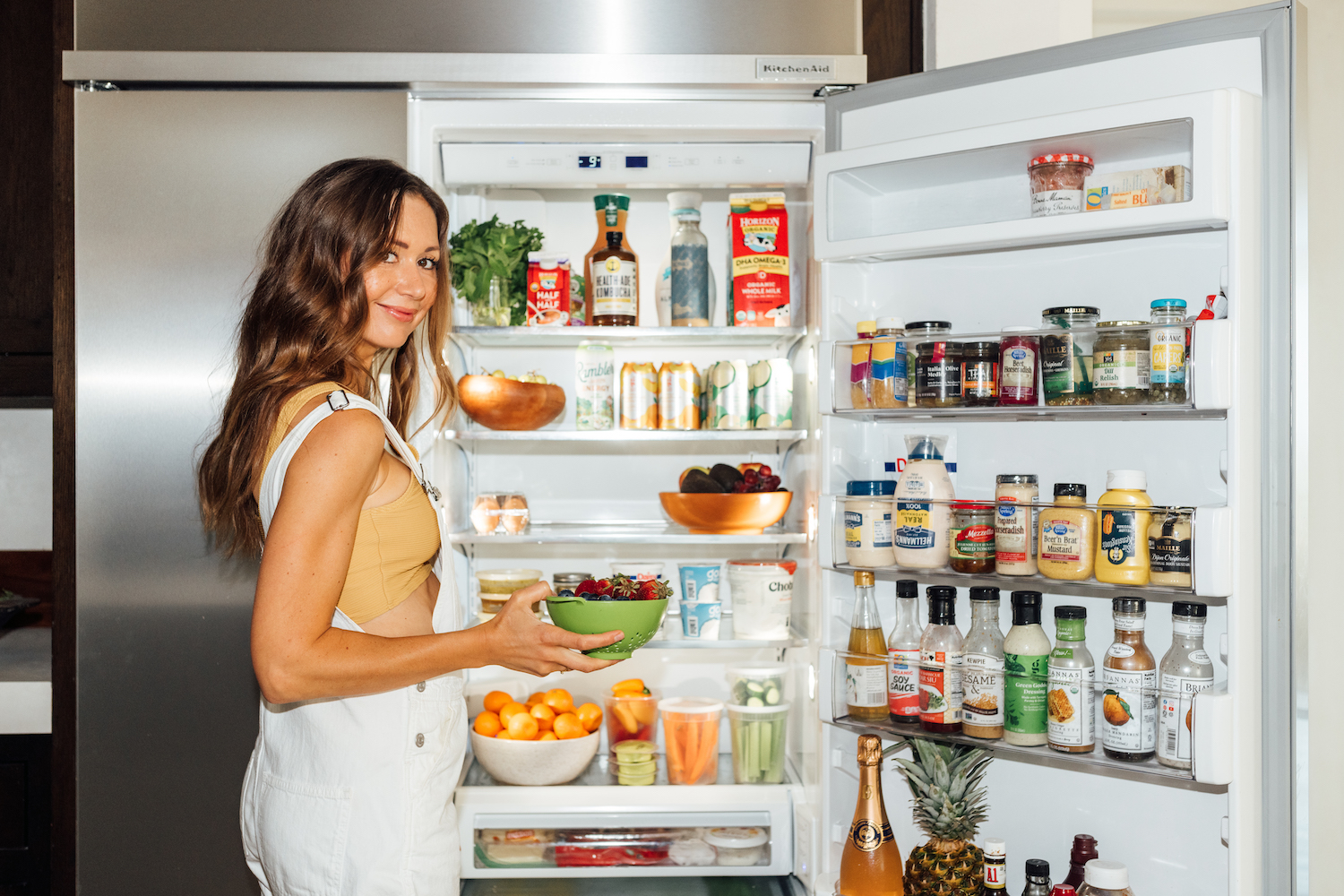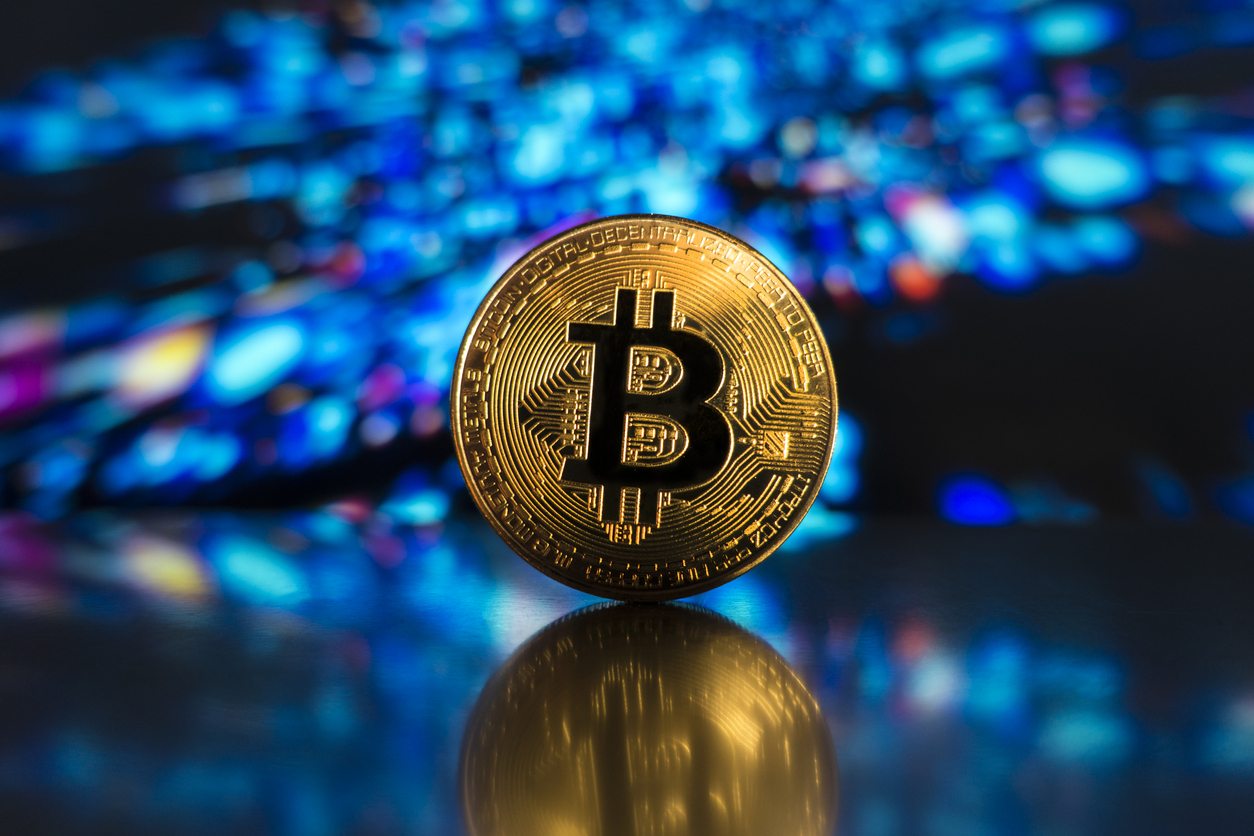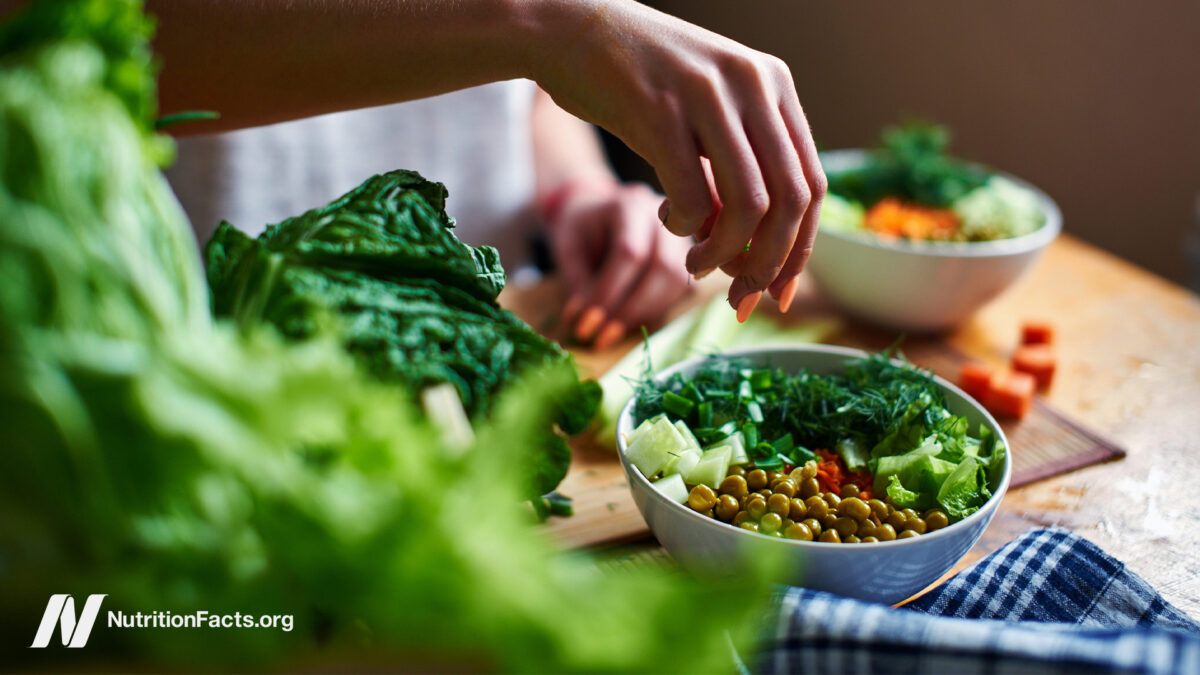How Often You Really Need to Clean Your Reusable Water Bottle
Carrying a reusable water bottle is good for both you and the environment. But without regular cleaning, it may not be as helpful and healthy as you think, as bacteria and mold can easily make themselves at home.Read more...

Carrying a reusable water bottle is good for both you and the environment. But without regular cleaning, it may not be as helpful and healthy as you think, as bacteria and mold can easily make themselves at home.
According to one source, reusable water bottles have far, far more bacteria built up than a toilet seat, including germs that can lead to antibiotic-resistant infections. When a thin layer of bacteria—called biofilm—accumulates, it’s even harder to thoroughly clean your bottle. The build-up also varies by bottle type. Screw-top and spout-top bottles are the grossest, followed by straw lids and squeeze tops.
How often you should clean your reusable water bottle
You should clean your reusable water bottle every day—or every few days if you drink from it less frequently. If you’re using your bottle for beverages other than water, it’s best to clean it after each use. While this may seem like a lot of work, letting your bottle go without a wash for days or weeks at a time will make it harder to clean thoroughly later.
How to clean your reusable water bottle
The simplest and safest way to clean your water bottle on a daily basis is with hot water, dish soap, and a bottle brush. Soak the bottle and lid (and straw, if you have one) in soapy water, scrub the inside and mouthpiece with the brush, rinse, and air dry. You can also fill the bottle with soap and water, tighten the lid, and shake before scrubbing, rinsing, and drying. If you have a straw, get a narrow cleaning brush or pipe cleaner to scrub the inside before rinsing.
Many reusable water bottles are also dishwasher-safe, but check the instructions provided by the manufacturer (popular brands include Yeti, Nalgene, and Stanley) before tossing yours in with the rest of your dirty dishes. If possible, place your bottle and other components on the top rack, away from the heat.
For trickier build-up or bottles you use for beverages other than water (like iced coffee), try a deep-clean method using boiling water, vinegar, or baking soda with a bit of bleach. While these are effective when needed, you shouldn’t use them to skip regular cleaning.

 Lynk
Lynk 































